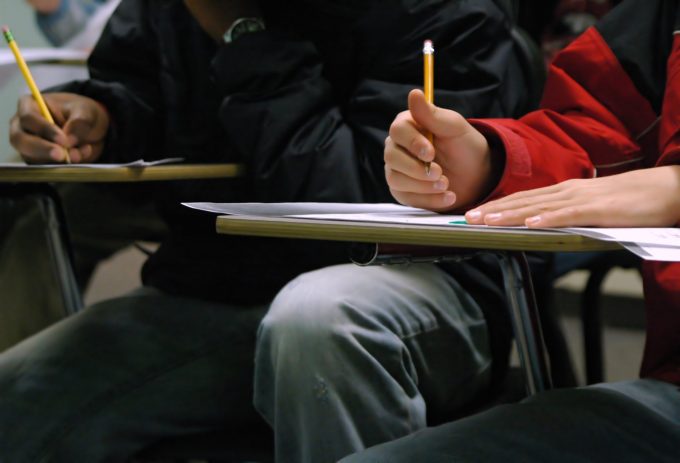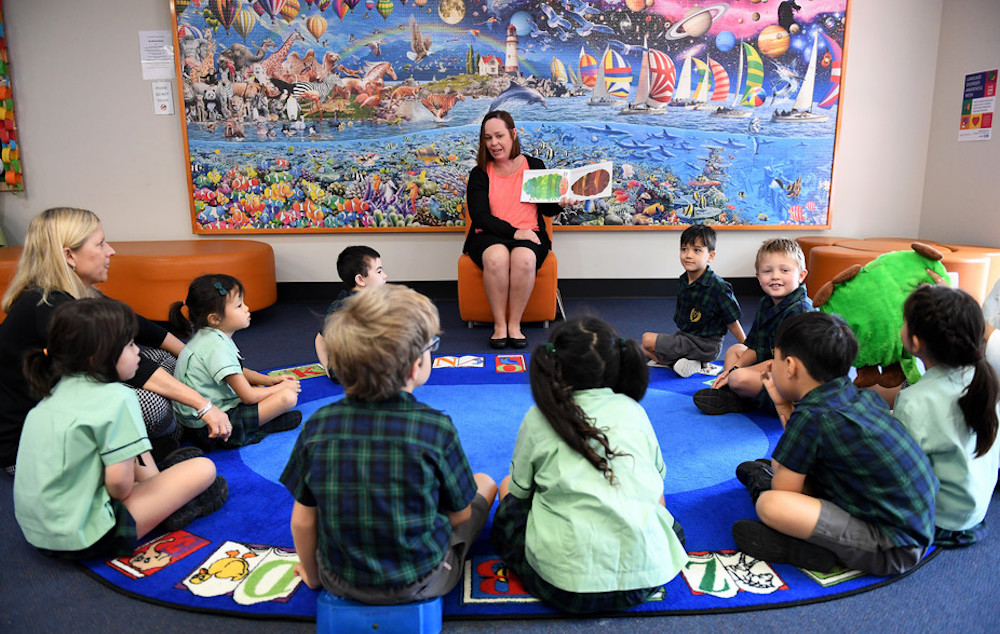
Groundbreaking research on 30,000 Australian students has found Year 7 attendance rates can predict those at risk of not completing year 12.
The Smith Family’s report released this week revealed 75 per cent of students with high attendance in Year 7 completed Year 12 compared to less than half (48 per cent) of those with very low attendance.
The research also shows students with very low attendance rates in Year 7 who improved their attendance by Year 9 were much more likely to complete Year 12.
The Attendance lifts achievement: Building the evidence base to improve student outcomes report is the first Australian study to demonstrate the relationships between students’ school attendance, achievement in English or Maths, school completion and post-school work or study.
Anne Hampshire, The Smith Family’s Head of Research and Advocacy, said the report provided evidence of the importance of monitoring attendance and achievement throughout a child’s schooling years to help identify students who needed additional support.
“Thousands of young Australians are not achieving educationally. Young people from disadvantaged backgrounds are particularly at risk of poor educational outcomes. We want to be able to identify as early as possible those young people who need extra support,” Ms Hampshire said.
“Our research has found attendance and achievement even in a child’s early years of high school can help identify students at risk of not completing Year 12. Importantly, we’ve also been able to show that if we can support students to improve their attendance and grades as they move through school, they are much more likely to finish school and go on to further study or work.”
Ms Hampshire said while the findings made intuitive sense, this was the first time the relationships between outcomes across a young person’s educational journey had been confirmed. It involved analysis of seven years of longitudinal data from more than 30,000 disadvantaged students participating in The Smith Family’s Learning for Life program.
“Intuition is not enough on which to base our educational investment. We need evidence to build a more sophisticated understanding of the early flags for poor educational outcomes,” she said.
“We’re hoping schools, parents, education departments and those who invest in educational initiatives will use this evidence – because if we use evidence we can help improve the educational outcomes of all young Australians, particularly those from disadvantaged backgrounds.”
The full report is available for download at thesmithfamily.com.au/attendance-lifts-achievement
Key Findings
Attendance matters:
- 75 per cent of students with high rates of attendance in Year 7 completed Year 12, compared to only 48 per cent of those with very low rates of attendance.
- 61 per cent of students who had low attendance in Year 7 and improved their attendance by Year 9 completed Year 12, compared to only 35 per cent whose attendance remained very low.
- 82 per cent of high attenders in 2013 were engaged in work and/or study post-school in 2017, compared to only 66 per cent of low attenders.
Achievement matters:
- 88 per cent of Year 9 students who achieved an A (excellent) in English subsequently completed Year 12, compared to only half (50 per cent) of those who achieved an E (minimal).
Year 12 completion matters:
- 82 per cent of students who completed Year 12 were engaged in post-school work and/or study, compared to only 68 per cent of those who only completed Year 10.







